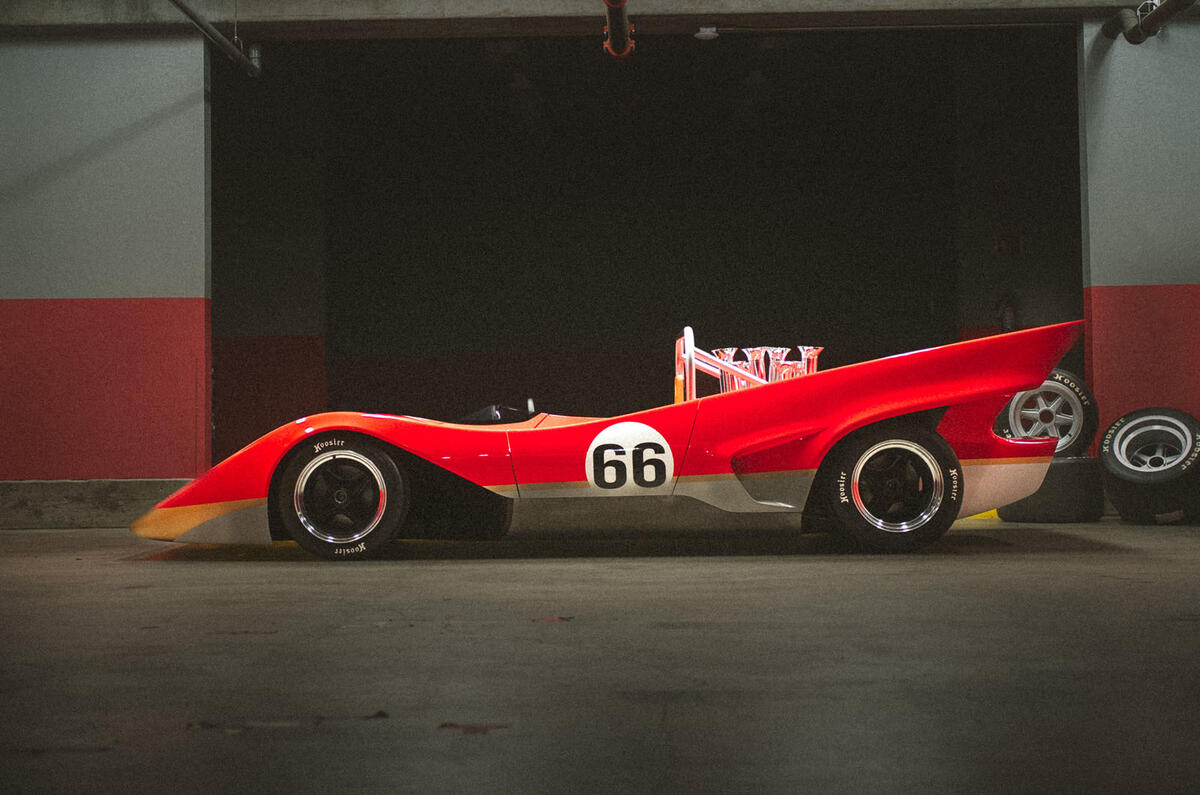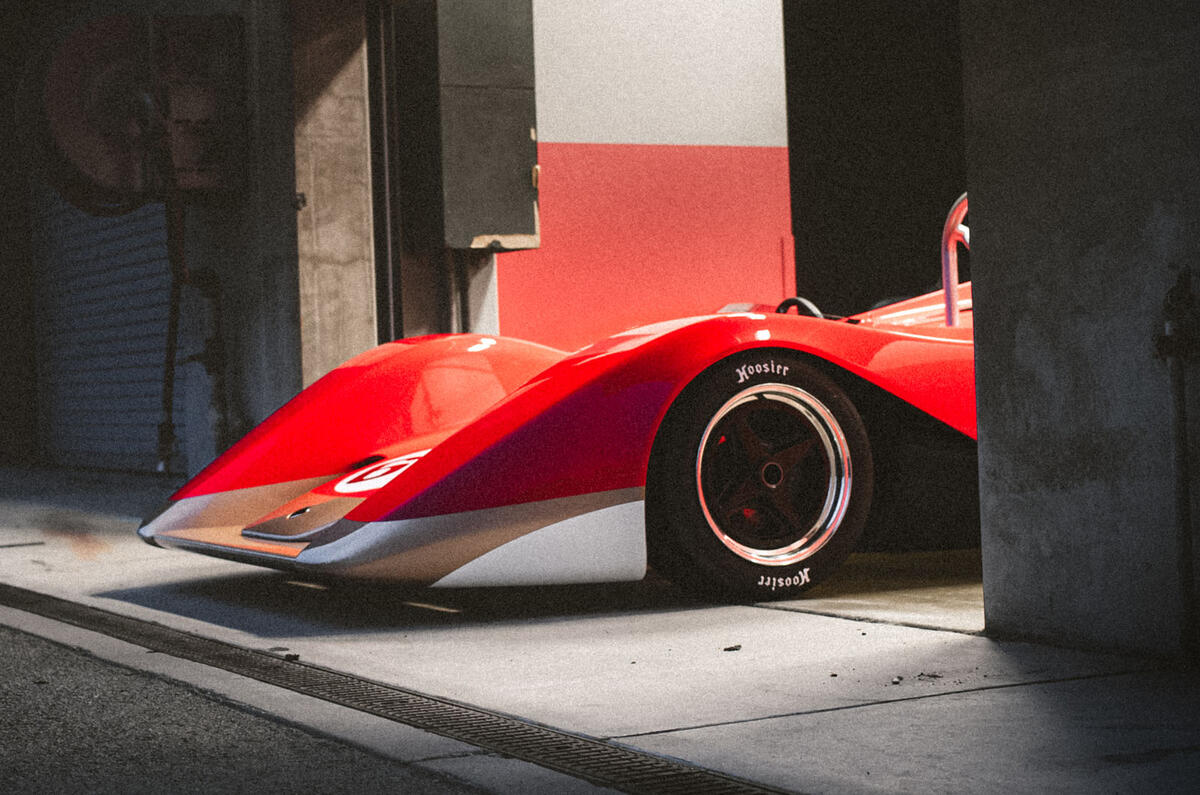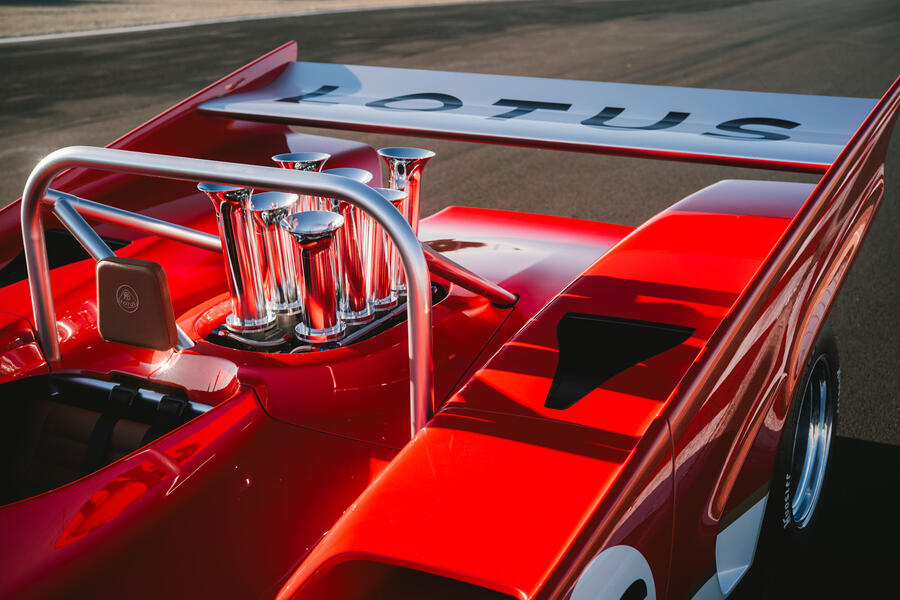The Lotus Type 66 is the first in a series of ultra-exclusive, historically accurate creations based on ‘long-lost’ designs that never saw the light of day.
As exclusively reported by Autocar last year, the newly established Lotus Advanced Performance division aims to bring to reality a series of concepts that never progressed beyond the drawing board.
It will use modern materials, techniques and components to build these models – using designs and plans from Lotus’s archive – in limited numbers and at high cost.
As the first to be officially revealed, the outlandish Type 66 establishes exactly how Lotus will approach the conception of these retro-modern creations.
The original Type 66 was commissioned by Lotus founder Colin Chapman with an eye on entering the bombastic Can-Am racing series in 1970.
However, Chapman’s focus on Formula 1 meant the project never progressed beyond technical drawings and scale models by Geoff Ferris, who would go on to design a series of racers for Brabham and Penske.
Had the car made it to the grid, it would likely have been driven by two-time F1 champion Emerson Fittipaldi, said Clive Chapman, son of Colin and managing director of Classic Team Lotus.
He added that the Type 66 would have shared its design philosophy with the Type 72 F1 car, using side-mounted radiators to improve aerodynamics.

The racer was recreated digitally using a series of 1:4- and 1:10-scale drawings provided by Chapman and then modified to meet modern safety standards.
Changes include in-boarding the fuel cell and adding a fixed rollover bar.

























Join the debate
Add your comment
A thing of beauty, to be sure.
Makes the Ultima GTR/CanAm/Evo/RS all look good value to acheive broadly the same effect!
Awesome?, hell yeah!, imagine racing these today, they were brave guys who raced these back then.